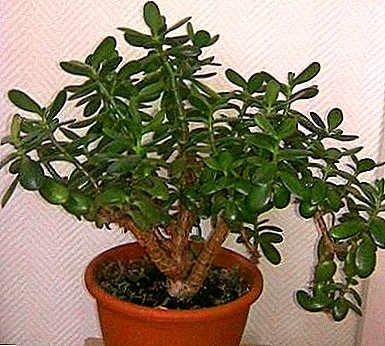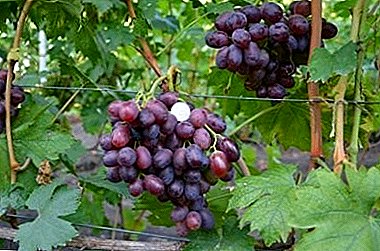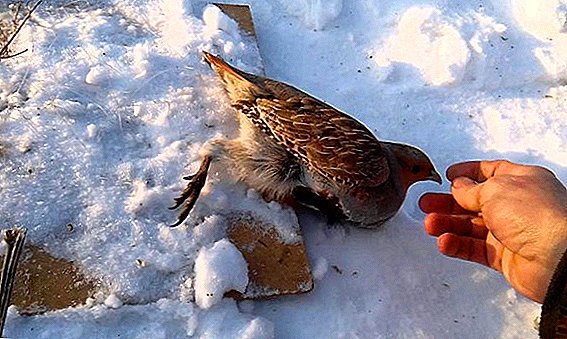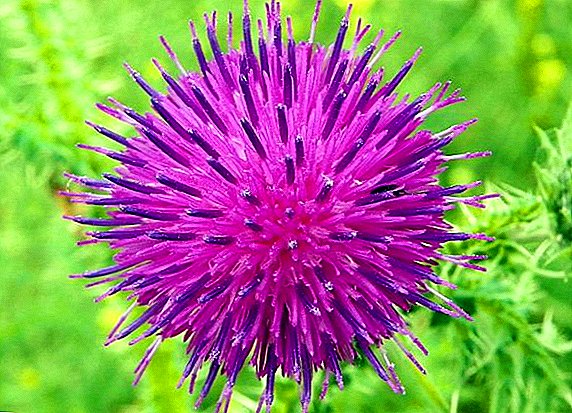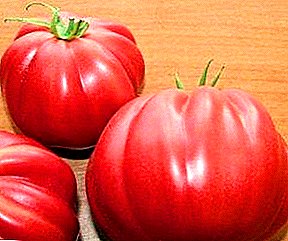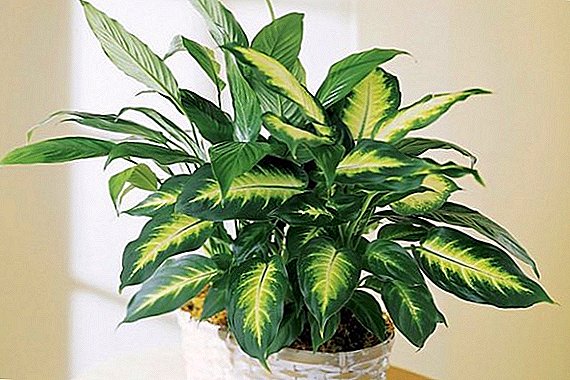 Dieffenbachia (Dieffenbachia) - a tropical evergreen plant up to two meters high, with large variegated leaves up to half a meter, whose birthplace is South America. With proper care, the plant grows well, releases new leaves and pleases the eye with its bizarre look. But, like all exotic plants, dieffenbachia is prone to various diseases. In this article we will study the main types and methods of treating diseases of Dieffenbachia.
Dieffenbachia (Dieffenbachia) - a tropical evergreen plant up to two meters high, with large variegated leaves up to half a meter, whose birthplace is South America. With proper care, the plant grows well, releases new leaves and pleases the eye with its bizarre look. But, like all exotic plants, dieffenbachia is prone to various diseases. In this article we will study the main types and methods of treating diseases of Dieffenbachia.
Fungal diseases
Dieffenbachia is most often susceptible to fungal diseases, the root cause of which is high air temperature, excessive watering or humidity of the room in which it grows. As a preventive measure for the appearance of a fungus during plant transplantation, only high-quality earth should be used. Consider the following types of Dieffenbachia fungal diseases: anthracnose, fusarium, root rot and leaf spot.
Did you know? The plant is named after the gardener of the Imperial Palace in Vienna - Josef Dieffenbach.
How to cure dieffenbachia from anthracnose
Colletotrichum gloeosporioides fungi cause the anthracnose dieffenbachia, which appears as spots on the leaves, which eventually cover the entire leaf plate, after which the entire leaf dries out. The cause of this disease is considered to be too high a temperature in a room with high humidity and excessive watering. The dead parts of the plant are infected with anthracnose, they must be destroyed. Diffenbachia for the treatment of this disease should be urgently treated with fungicidal drugs - "Vitaros" or "Fundazol" according to their instructions.  It should also be noted that when spraying dieffenbachia, water between the stem and petiole can cause leaf rot.
It should also be noted that when spraying dieffenbachia, water between the stem and petiole can cause leaf rot.
Prevention and treatment of fusarium
Fusarium solani fungi cause fusarium, which is manifested by dented dark-colored spots on the roots and root collar of dieffenbachia. The plant affected by fusarium fades and leaves turn yellow. If the air and soil humidity is too high, the plant covers a pink-tinged mushroom mycelium. The causative agent is resistant to adverse factors, for a long time can successfully be stored in contaminated soil. Treat fusarium with the treatment of the plant "Fundazol", "Rovral".
As a prophylaxis of fusarium, high-quality healthy substrates are used; during reproduction, they do not allow the planting of an infected stalk. Planting material can be held in a fungicidal solution for a quarter of an hour for additional disinfection. For prophylaxis, spraying with Glyocladin is sometimes used. 
Important! Dieffenbachia juice contains toxic substances that cause swelling of the mouth and blindness when it enters the mouth and eyes, respectively. Moreover, children and animals are more exposed to poison.
Leaf spot
The fungus Phaeosphaeria eustoma causes leaf spotting in Dieffenbachia, which manifests itself as brown round spots with an orange border. Old leaves are most susceptible to the disease. The plant gets sick in a hot room with high humidity. The causative agent of the disease persists on fragments of infected plants and can be transmitted with the help of water. When spotting is detected, Dieffenbachia should be placed in suitable growing conditions and treated with either Vitaros or Fundazole. 
Dieffenbachia Root Rot
Pythium and Phytophthora fungi cause root rot, it appears depressed dark areas on the roots and root necks of the plant, over time, the trunk rot in Dieffenbachia, breaks and falls. Spots may be covered with a pale gray mycelium. The causative agent of the disease remains in the ground. The root rot of a highly water-humid plant gets sick, and the high temperature of the air in the room where Dieffenbachia grows contributes to the disease. For the prevention of floriculture disease, aerated neutral substrates and potash fertilizers should be used. When a disease is detected, a part of the substrate is replaced, the watering is stopped and the plant is treated with “Previkur” or “Profit Gold”. 
Did you know? Broken plant can be easily turned into a cutting, for this you need to put part of the stem into the water.
Bacteriosis and Dieffenbachia
The bacteria Erwinia carotovora Bergey and Erwinia chrisantemi cause bacteriosis in Dieffenbachia, which is manifested on the stem with watery areas with clear edges, over time the spots become brown or gray in color, and the leaves cover light watery spots with a yellow border. The causative agent of the disease persists in fragments of infected plants; it can be transmitted when the plant is mechanically damaged; it is activated at high humidity and high temperature, and with overly fertilized soil. When transplanting dieffenbachia, the rules of agrotechnology must be observed, plants strongly affected by bacteriosis must be destroyed. As a treatment, spraying and pouring dieffenbachia with copper sulphate or Bordeaux mixture is effective. 
How to deal with viral diseases Dieffenbachia
A rather large proportion of diseases belongs to the group of viral, of which there are common: leaf bronze and viral mosaic. Consider how to cure dieffenbachia from these diseases.
Bronze leaves
Tomato spotted virus causes bronze leaves in dieffenbachia, which appears on the leaves in circles, rings or arcs of yellow color, with time the leaf fades, hangs. After defeat by bronze, dieffenbachia does not grow. The causative agent of the disease is carried by fringed-winged insects, or thrips, 0.5-2 mm in length. The disease is successfully treated with the treatment of "Aktar", "Aktophyt" and "Fitoverm". 
How to cure viral mosaic
The Dasheen mosaic virus causes a virus mosaic. The disease is manifested on the leaves by mosaic blotch, the growth of the plant stops. The causative agent of the disease is carried by pests, often aphids, well preserved in the affected plants. For the prevention and treatment of insecticidal drugs used, carried out spraying "Aktara", "Actofit" and "Fitoverm". 
Important! At room dieffenbachia, the lower leaves often fall, the decorative appearance is lost. This is an inevitable property of the plant, you only need to update it.In any case, all diseases of dieffenbachia are easier to prevent by growing the plant in proper conditions, taking into account its characteristics and needs, than to fight diseases caused by improper conditions of detention.





